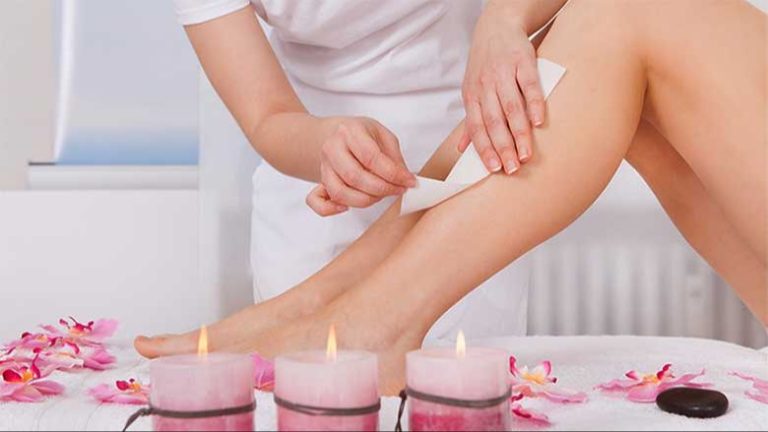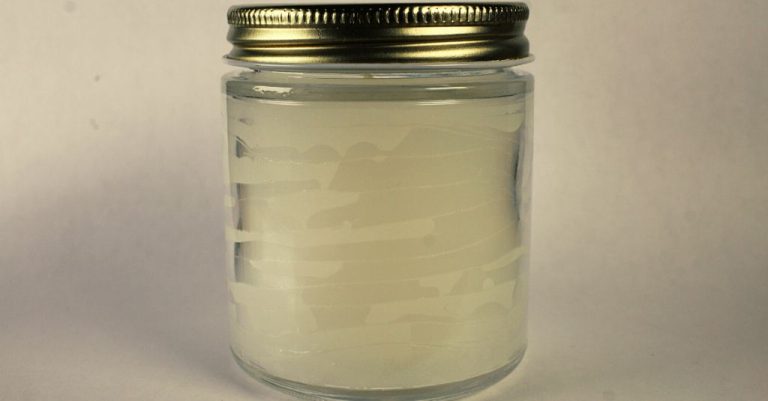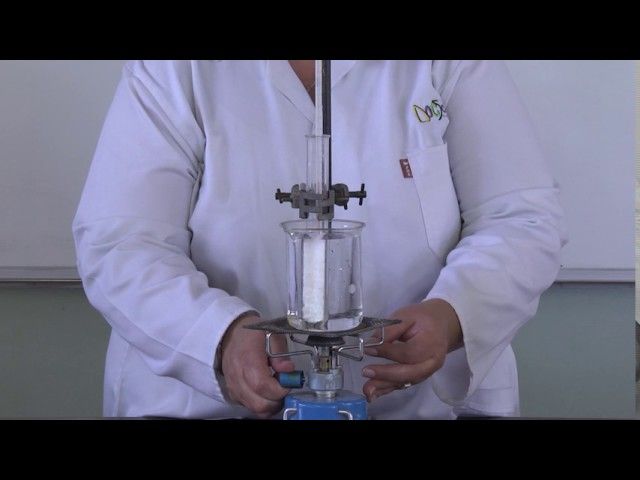Is It Good To Wax Your Face?
Facial waxing is a hair removal technique that involves applying wax to unwanted hair on the face and then removing it to pull the hair from the follicle. The wax adheres to the hair and removes it quickly from areas like the eyebrows, upper lip, cheeks, chin, and sides of the face. It provides a smooth skin surface by getting rid of facial hair entirely from the root. Unlike shaving which only cuts the hair at the surface, waxing removes hair for longer lasting results.
Facial waxing is performed at salons by estheticians, though at-home kits are also available. The process involves spreading a thin layer of warm or hot wax on the desired area, placing a cloth or paper strip over the wax, then quickly pulling off the strip to remove the hair and wax. The hair needs to be at least 1/4 inch long for the wax to adhere to it. Facial waxing is safe for most skin types when proper techniques and aftercare are followed.
Sources:
– https://www.beautyanswered.com/what-is-facial-waxing.htm
– https://www.vargasfaceandskin.com/everything-need-know-facial-waxing/
Pros of Facial Waxing
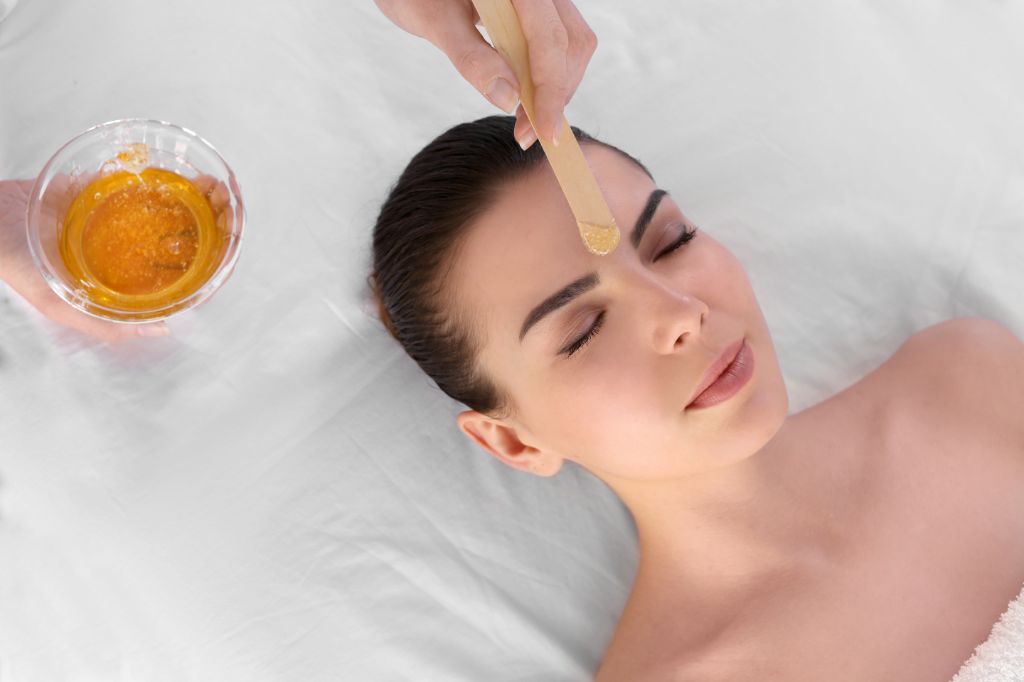
Facial waxing provides several benefits for the skin. Some of the main pros include:
Smoother skin – The waxing process removes hair by the root, leaving skin smoother and softer. Facial waxing can exfoliate the top layer of dead skin cells, revealing brighter and more even-toned skin 1.
Removes dead skin cells and dirt – Along with hair, waxing strips away dull surface skin cells and embedded dirt and oil. This unveils refreshed and deeply cleansed skin 2.
Longer lasting than shaving – Waxing removes hair from the root so it takes longer to grow back than shaving, which only cuts the hair at skin level. Facial hair can take 3-6 weeks to grow back after waxing.
Delays hair regrowth – Over time, regular waxing can damage hair follicles, leading to slower and finer hair regrowth on the face.
Cons of Facial Waxing
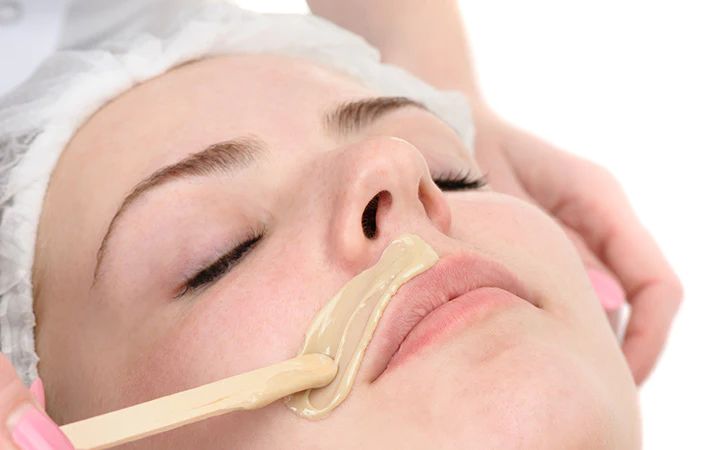
Facial waxing does have some potential downsides to be aware of:
Waxing can cause irritation and inflammation of the skin, especially for sensitive skin types. The hot wax adheres to the top layer of skin when removed, which can leave the area red and swollen temporarily. For some, this irritation subsides quickly, while for others it can last a few days. It’s best to avoid waxing if you have any open cuts, wounds, or active breakouts.
There is also a risk of ingrown hairs developing after waxing, since the process removes hair from below the skin’s surface. Ingrown hairs occur when the regrowing hair gets trapped beneath the skin. This can lead to bumps, irritation, and even infection if not properly treated. Exfoliating and using products with salicylic acid can help, but for some the ingrown hair risk is too bothersome to make facial waxing worthwhile.
Facial waxing can also be a rather painful process, especially in sensitive areas like the upper lip. The skin on the face is very delicate, so the hair removal process often stings or causes discomfort. Those with a low pain tolerance may want to avoid facial waxing for this reason or take a pain reliever beforehand. The pain tends to subside after the first few waxing treatments as hair regrowth becomes sparser.
Who Should Avoid Facial Waxing
Although waxing can be safe for most people when done properly, there are some who should avoid waxing the face. According to dermatologists, those using prescription retinoids like accutane or retin-A should avoid waxing. Retinoids make the skin very thin and sensitive, so waxing could potentially rip off skin or cause irritation (source). People with sensitive skin are also advised to avoid facial waxing, as the process can be too harsh on delicate skin. A third group that may want to avoid waxing are those who have recently had chemical peels or microdermabrasion treatments. The procedures can make the skin very thin and prone to damage from waxing.
Best Practices
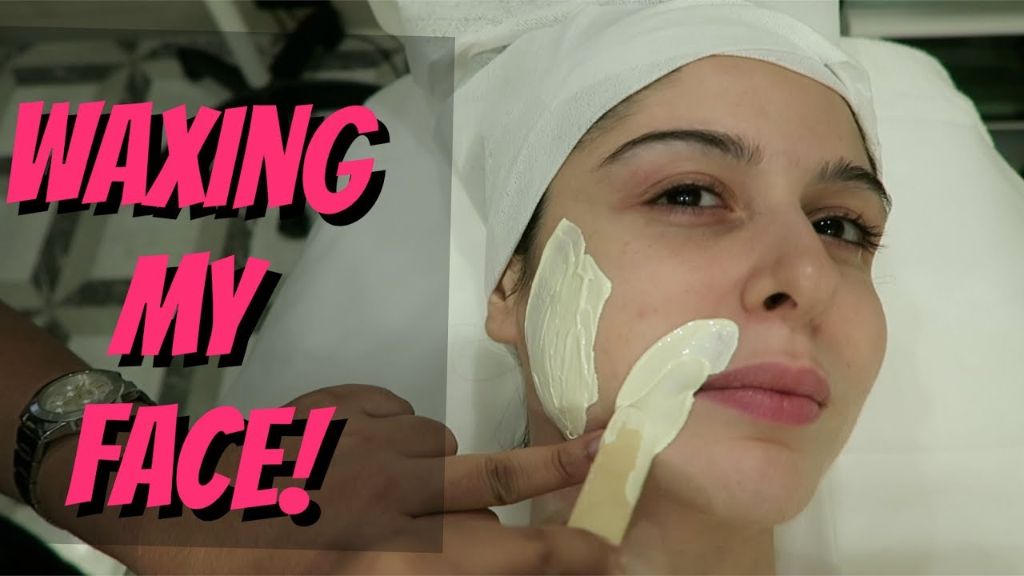
When waxing facial hair, it’s important to follow best practices to minimize irritation and get the best results. Here are some key tips:
Exfoliate before and after waxing. Gently scrubbing the skin before waxing will remove dead skin cells and allow for a closer wax. Exfoliating again a day or two later will prevent ingrown hairs. Use a gentle scrub made for the face. See this source: Step-by-Step Guide to Waxing Facial Hair, According to Experts
Use wax made specifically for the face and sensitive areas. Wax formulated for the face is gentler and designed to grip fine facial hair. Products like hard wax beads are ideal. Refer to this source: The Complete Guide to Waxing Facial Hair
Wax in the direction of hair growth. Pulling against growth can break hairs and lead to ingrowns. Apply wax in the same direction as hair growth and remove opposite of growth. See: 5 Facial Hair Waxing Tips That Won’t Irritate Your Skin
Aftercare
Following proper aftercare procedures is crucial to minimizing irritation, redness, and ingrown hairs after facial waxing. Experts recommend waiting at least 2 hours before working out, wearing makeup, or going outside (source). You should avoid sun exposure for 24 hours since the skin is more sensitive and susceptible to burning (source). To reduce redness, apply a hydrocortisone cream. To prevent ingrown hairs, exfoliate gently starting 48 hours after waxing. Keep the skin moisturized with aloe vera gel or a soothing moisturizer. This helps minimize irritation.

Alternatives to Waxing
There are several alternatives to waxing for facial hair removal. The most popular alternatives are threading, sugaring, laser hair removal, and depilatory creams.
Threading
Threading involves removing hair by twisting a thin cotton thread. Healthline notes that it works by “trapping the hair in a twisted thread and then pulling it out at the follicle, the root.” This is a precise method and good for small areas like the upper lip and brows.
Sugaring
Sugaring is a natural alternative using a paste made of sugar, lemon juice, and water. As noted in Dermstore, it adheres to the hair and not the skin, removing follicles from the root. It is gentler than waxing for sensitive skin.
Laser Hair Removal
Laser hair removal uses focused light to damage the hair follicle and hinder regrowth. It requires several treatments but can provide long-lasting reduction in facial hair. There is minimal pain and it works on most skin types.
Depilatory Creams
Depilatory creams use chemicals to dissolve hair below the skin’s surface. Healthline notes they work well for fine hair but can irritate sensitive skin. Results last 1-3 days before hair starts to regrow.
Cost
The cost for facial waxing typically ranges from $15-50 per session. The price can vary significantly depending on your location and the spa or salon you visit. In general, you can expect to pay:
- Eyebrows: $10-$20
- Upper lip: $10-$15
- Chin: $10-$15
- Full face: $40-$50
Major cities like New York City or Los Angeles will be on the higher end while smaller towns and suburban areas often have more affordable rates. High-end spas and salons may also charge more compared to neighborhood nail salons or hair removal chains.
It’s a good idea to call around and compare prices before booking an appointment. Many salons list their waxing prices on their website or social media. For the best value, look for new client promotions or loyalty programs that offer discounts on repeat visits.
Frequency
Most experts recommend getting a facial wax every 3-6 weeks for optimal hair removal and maintenance. This allows time for the hair to regrow enough to be effectively removed by the wax, while not letting it get too long in between sessions.
According to Bentley Skin Care, facial hair typically grows faster than hair on other parts of the body, so facial waxing is required more frequently – every 2-3 weeks. The chin, upper lip, and eyebrows may need waxing the most often for maintenance.
Other sources like Rejuva Day Spa recommend waxing the face, bikini line, and underarms every 2-3 weeks as well. This allows time for regrowth while keeping the areas smooth.
Overall, aim for facial waxing every 3-6 weeks for optimal results. The timing can vary based on your individual hair growth rate and preferences.
Conclusion
Facial waxing can offer smooth, hair-free skin but also comes with some downsides. The key pros are eliminating unwanted facial hair and dead skin cells. The cons are potential side effects like irritation, redness, and ingrown hairs. Facial waxing is generally safe for most people but those with sensitive skin or who take certain medications like Retin-A may want to avoid it.
For best results, prepare your skin properly before waxing and care for it gently afterwards. Use an aloe-based gel to soothe irritation and redness. Exfoliate a few days later to prevent ingrown hairs. Apply a moisturizer like coconut oil to keep your skin hydrated.
If waxing is too harsh for your skin, consider alternatives like threading, sugaring, or using an epilator. Or try an at-home dermaplaning kit for exfoliation without hair removal. Focus on proper skincare and you can achieve smooth, healthy skin, with or without waxing your face.



